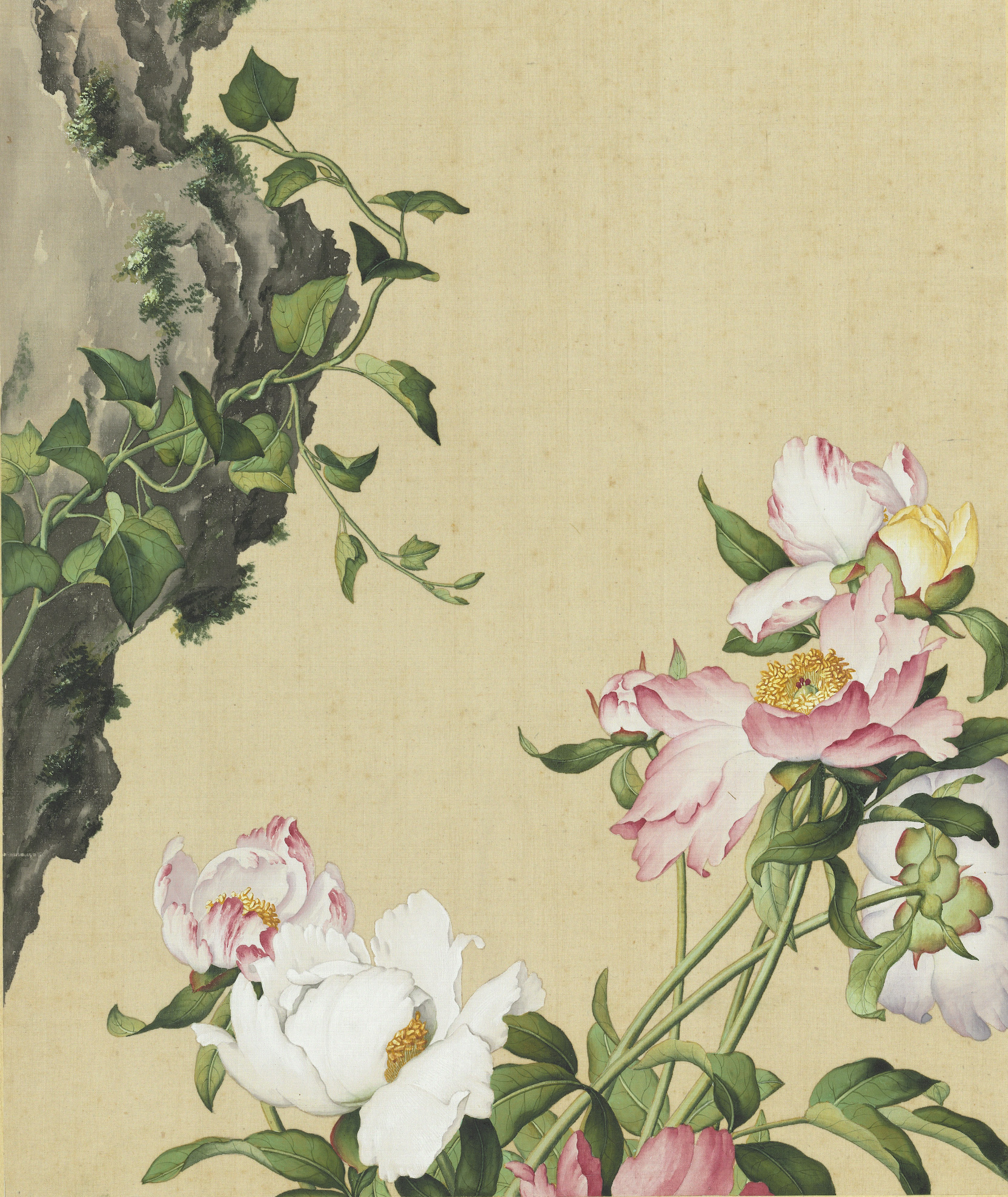Today is Chinese New Year! This year will be the Year of the Dog according to the Chinese zodiac. So today, let’s look at a gorgeous dog painted almost 300 years ago by the Italian Jesuit missionary in China, Giuseppe Castiglione.
Born in Milan, Giuseppe Castiglione (1688–1766) came to Beijing, China as a lay brother and missionary on a sailing ship in 1715 when he was 27 years old. At that time, interestingly, China was governed by a non-Chinese regime—the Manchu of the Qing dynasty. Members of the Jesuit order were welcomed by the Manchu government and were often employed as artists or mechanicians to work for the imperial court. Castiglione stood out among many Jesuit painters with his eclectic style of fusing Western artistic techniques with Chinese cultural themes. As a result, he was outstandingly favored by three consecutive emperors, from Kangxi to Qianlong, for over half a century. While in China, Castiglione even adopted a Chinese name, Lang Shining 郎世寧, which later became the one by which he is remembered in the history of Chinese art. In 1766, at age seventy-eight, Castiglione died in Beijing, his obituary personally penned by the emperor, and never once returned to his home country.
Tawny-Yellow Leopard is one of the ten paintings from Castiglione’s Ten Fine Hounds series commissioned by Emperor Qianlong in 1747. Each one of the ten dogs he painted for this series was presented by an imperial official to the emperor as tribute. Therefore, the inscriptions (up on the right corner) of the painting bear both the dog breed and the donor’s name, respectively, in three languages (right to left): Chinese, Manchu, and Mongolian. Some art historians suggest that based on analysis of the brushwork, Castiglione perhaps only painted the exquisitely realistic looking dog, the rest are done by native Chinese court painters. The main theory behind this hypothesis is that all other subjects in this picture, such as the tree, the bird, and the flowers, are simply too crudely painted, very unlike Castiglione’s meticulous touch, but corresponding to the freehand traditional Chinese painting method. We don’t know what really happened, but Castiglione certainly did a great job portraying a curious royal hound totally absorbed by a little bird friend.
Above all, with this adorable painting, we just wish you friendship and happiness (just like this gentle-eyed tawny-yellow leopard!) in the coming new year—the Year of the Dog!
- Wei Li
There is a new year in China and we're also starting something new in DailyArt. We have opened a new era of our online magazine. From now, it's called DailyArt Magazine! Visit us at dailyartmagazine.com and enjoy more art history stories :)


 Giuseppe Castiglione
Giuseppe Castiglione